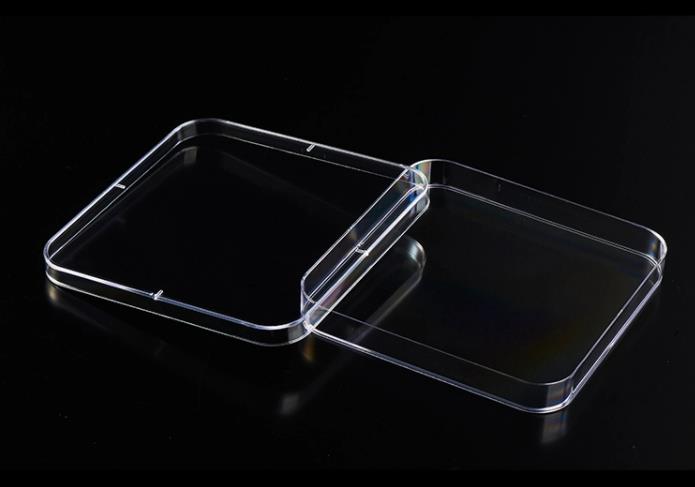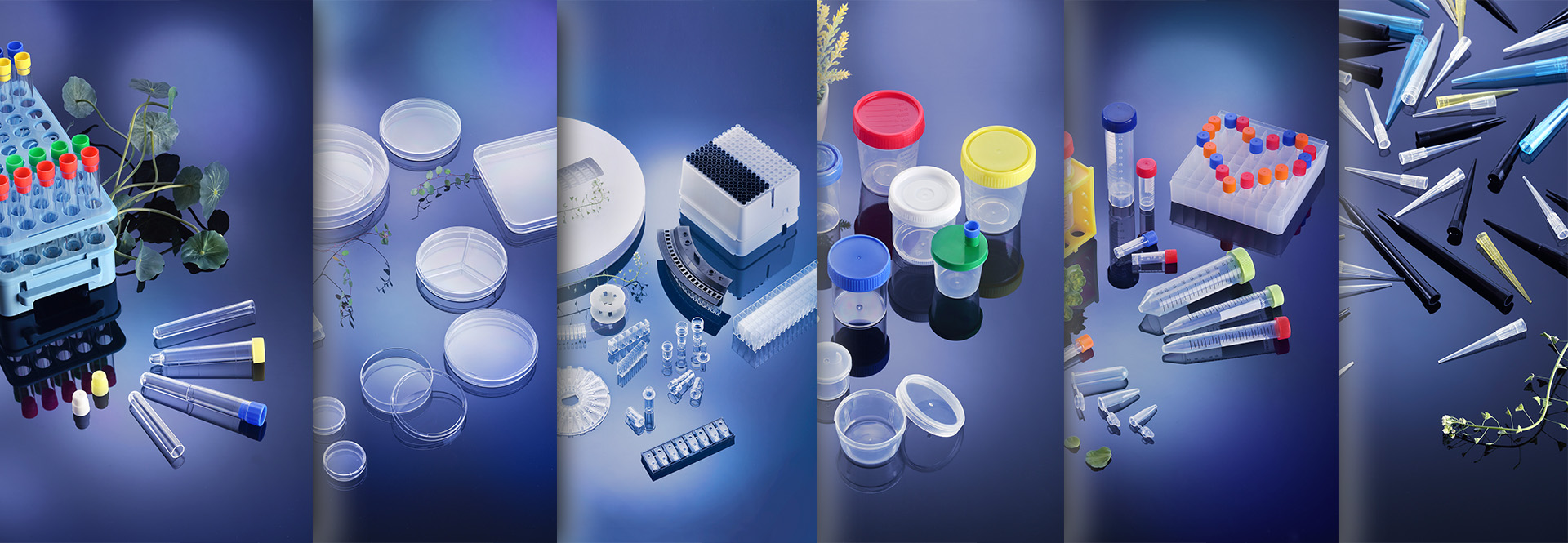Petri dishes, also known as culture dishes, are essential tools in laboratory settings for growing microorganisms and cells. These shallow, cylindrical dishes are widely used in microbiology and cell culture experiments. Understanding the uses, proper sterilization techniques, and tips for successful lab cultures is crucial for accurate and reliable results. This guide will delve into the world of Petri dishes, providing insights into their applications, effective sterilization methods, and expert tips for optimized laboratory cultures.

Item No | Description | Packing Info. | Qty./Case(pc) | Case Size(cm) |
C01 | PETRI DISH 130mm*130mm | 1pc/bag*150 | 150 | 56*35*31 |
Item No | Description | Packing Info. | Qty./Case(pc) | Case Size(cm) |
C02 | PETRI DISH 150mm | 1pc/bag*110 | 110 | 56*35*31 |

Petri dishes, also referred to as culture dishes, are indispensable tools in laboratory environments for fostering the growth and development of microorganisms and cells. With their shallow, cylindrical shape, these dishes serve as a controlled environment for conducting various experiments in microbiology and cell culture. Understanding their uses, proper sterilization techniques, and expert tips for achieving successful lab cultures is essential for conducting accurate and reliable scientific research.
The primary use of Petri dishes lies in microbiology, where they play a vital role in isolating, cultivating, and studying microorganisms. Microbiologists utilize these dishes to culture bacteria, fungi, and other microbes, facilitating the observation, identification, and characterization of different strains. Petri dishes are also invaluable in performing antibiotic susceptibility testing and evaluating the efficacy of antimicrobial compounds.
In addition to microbiology, Petri dishes find extensive use in the field of cell culture research. These dishes provide a sterile and flat surface for the growth and propagation of cells, making them ideal for various cell-based experiments. Petri dishes facilitate the creation of monolayer cultures, enabling researchers to observe and study cell morphology, proliferation, and differentiation. They are also employed in cloning, cloning efficiency assessments, and various molecular biology techniques.
Proper sterilization of Petri dishes is critical to prevent contamination and ensure reliable results. Several sterilization methods can be employed, depending on the laboratory's resources and specific requirements. Autoclaving, a common and effective technique, uses high-pressure steam to sterilize Petri dishes. Alternatively, dry heat sterilization or the use of chemical disinfectants, such as hydrogen peroxide or ethylene oxide, can also be utilized. It is crucial to follow the manufacturer's recommendations and established guidelines to ensure proper sterilization and avoid compromising the experimental outcomes.
To achieve successful lab cultures, there are several expert tips to consider when working with Petri dishes. Ensuring cleanliness and aseptic techniques throughout the entire process is critical. This includes working in a clean environment, wearing appropriate personal protective equipment, and utilizing a laminar flow hood or sterile conditions. Proper labeling, using suitable growth media, and maintaining proper incubation conditions are also vital for optimal culture experiments.
In conclusion, Petri dishes are essential tools in laboratory culture, serving as the foundation for microbiology and cell culture research. Understanding their various uses, effective sterilization techniques, and following expert tips can greatly influence the success and reliability of lab cultures. By optimizing the use of Petri dishes, researchers can advance scientific knowledge, make significant discoveries, and contribute to the development of innovative solutions in microbiology and cell biology.

Contact: Neo
Phone: 008615867460640
E-mail: Info@Hwtai.com
Whatsapp:008615867460640
Add: Building 2, Xinmao Qilu Science Technology Industrial Park, Tianqiao District, Jinan City, Shandong Province,China.
We chat
